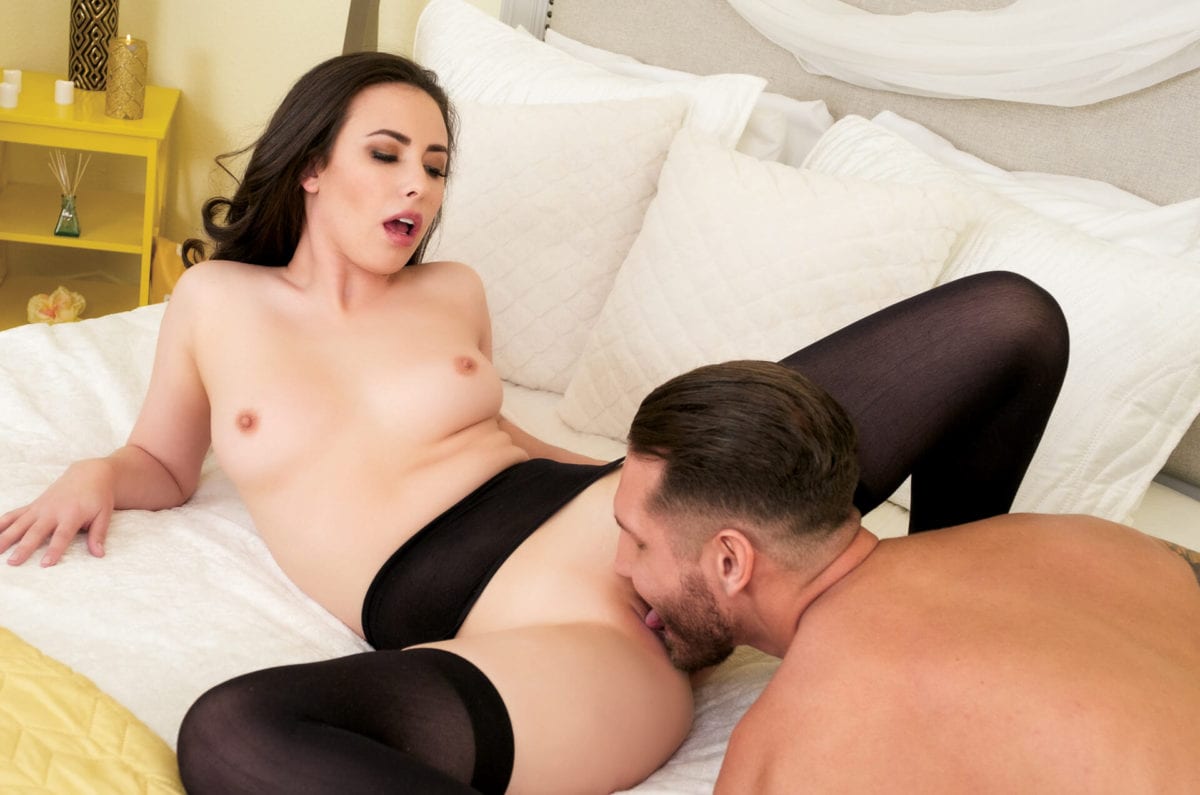Transitioning back to a monogamous relationship might seem like a challenge after being in open arrangements, but it can be done successfully—and your experience with nonmonogamy can provide you with some important wisdom going forward.
As nonmonogamy starts to find its way into the mainstream, there are increasingly more resources available for folks looking to open up their relationships and make the transition from monogamy to swinging, polyamory, relationship anarchy and more. But changes in relationship style don’t just flow one way. What if you have been nonmonogamous and you want to go back to monogamy, either in your existing relationship or in a future partnership? How can you approach that transition with the same level of care and consideration?

First, let go of the idea that one relationship style is inherently better than another. Monogamous couples are not more stable; nonmonogamous couples are not more evolved. It’s true that different styles might complement different people, but even that can change over time. When it comes to sex, love and relationships, we’re all just figuring things out as we go, and part of that experimentation includes trying things that we ultimately learn are not the best fit for us (or at least not the best fit right now). Just because something doesn’t work for you, it doesn’t mean that you have failed. The only real failure would be sticking with a certain type of relationship out of fear or obligation—and the only person you fail there is yourself.
Next, take a look at what you want your relationship to look like. Nonmonogamous relationships are sometimes referred to as “designer relationships,” because the folks involved have the freedom to co-create a set of agreements and intentions unique to them. But this doesn’t have to be limited to nonmonogamy. All relationships can benefit from considering the needs of the people involved, rather than relying on assumptions or the status quo.




































